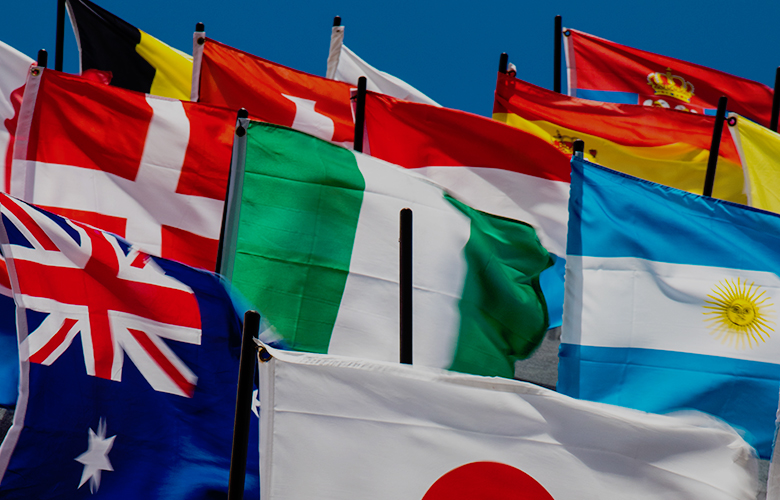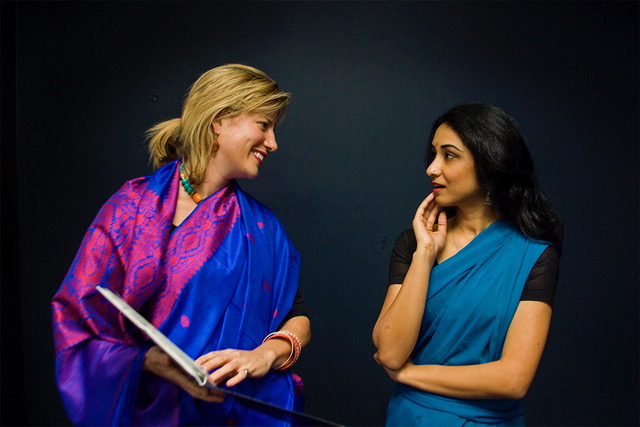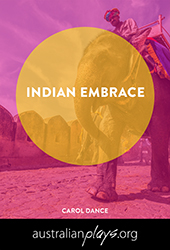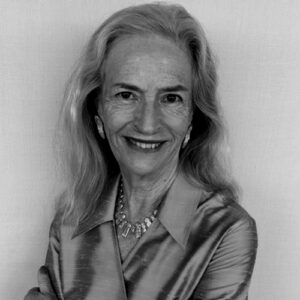
More good news from Australia! Here we are 16,000k (10,000 miles) from Europe yet in 2015 we woke up to the news that we were actually part of Europe, because Eurovision accepted us into this European musical extravaganza. And in 2016 we actually came second place when Dami Im (a South Korean migrant to Australia) won second place! So, a Korean, via Australia, had a big win in the biggest European contest ever.
On the other side of the same coin, people everywhere need some personal cultural identity. And that’s a good thing, too. We here in Australia we have many cultures. The 3rd and 4th generation Australians read folk ballads and love plays about outback settlers. A quarter of Australians were born in some other country. Local Egyptians and the rest of us, too, listen to Australia’s world-famous oud player Joseph Tawadros or laugh hysterically at the ‘Wogs at Work’, skits about the local Greek community, performed by Greek-Australians. And we all love the wonderful Indigenous singer and didgeridoo player, William Barton. Just listen to his performance with the Sydney Symphony Orchestra to feel the spirit.
Carol Dance’s play “Indian Embrace” is about Indians in India wanting to emigrate to Australia and about Australians in India learning to love India. It’s been produced both in Sydney and Adelaide. Australian-Indians and non-Indian-Australians loved the play. It is about both world-oneness and about the other side of the coin, the need for some personal cultural identity.
“If you’re reading this, you’ve won the lottery of life…Indian Embrace by Carol Dance is a fascinating exploration of the responsibilities that come with winning the lottery of life. It’s a play about appreciating the connections we have with a wider humanity. Yes, the play is set in India. And, yes, it’s an Australian play. This is an exciting theatrical choice… pure theatrical gold… deeply moving… both tears and laughter from the audience.” – Veronica Kaye
The play is set in Varanasi, India. The time is the present. Most of the action takes place in a guesthouse where three Australians converge for a family reunion. John is a world-weary idealist working for an international aid agency. He hasn’t been back to Australia in many years. His sister, Pamela, is also an expatriate living in New York, but she returns to Sydney every Christmas. She works for a corporation that is starting a business in Varanasi. John is anti-business; Pamela is anti-aid. Their younger brother, Chris, acts as the peacemaker between John and Pamela, to his detriment. Chris has never before been out of Australia and lives a quiet family life.
Act One builds a picture of both the Australians and the guesthouse’s Indian family, in the context of international concerns. Vikram, the owner of the guesthouse, represents the faded aristocracy in contrast to his daughter-in-law who exudes modernity, youthful enthusiasm and change. She wants to emigrate to Australia and tries to inveigle Chris to be her sponsor. Pamela’s Indian agent provides a comic exploring of the differences between east and west business cultures, and between the agent’s crass business dealings and Vikram’s gracious manner. Act One ends with tension between the Indians, and a bitter disagreement between John and Pamela causing Chris to challenge their blinkered views.

In Act Two, the Australian family and the Indian family merge into one, following a riot that keeps them confined to the guesthouse, and following the mysterious disappearance of Chris during a riot. The 1984 Bhopal industrial accident sparked significant events in the characters’ lives. Vikram’s wife and daughters were killed in the disaster. John’s first field job was in Bhopal, resulting in a breakdown. John and Vikram are bonded, each having helped the other to recover.

*******************
Carol is a Sydney playwright, producer and artist. She has had four full-length plays and 14 short plays produced (Sydney, Malaysia, India). Her published plays are at australianplays.org. Her artwork is found at Paintings by Carol Dance
Interview With A Playwright – Jonathan Dorf
Taryn Temple – Playwright Of The Hit Comedy “The Princess Capers”


Carol is a Sydney playwright, producer and artist. She has had four full-length plays and 14 short plays produced (Sydney, Malaysia, India). Her published plays are at australianplays.org. Reviews of her latest play are at www.kissofthegalleryguard.net.au/reviews. Her artwork is at www.paintingsbycaroldance.com
Read Full Profile© 2021 TheatreArtLife. All rights reserved.

Thank you so much for reading, but you have now reached your free article limit for this month.
Our contributors are currently writing more articles for you to enjoy.
To keep reading, all you have to do is become a subscriber and then you can read unlimited articles anytime.
Your investment will help us continue to ignite connections across the globe in live entertainment and build this community for industry professionals.